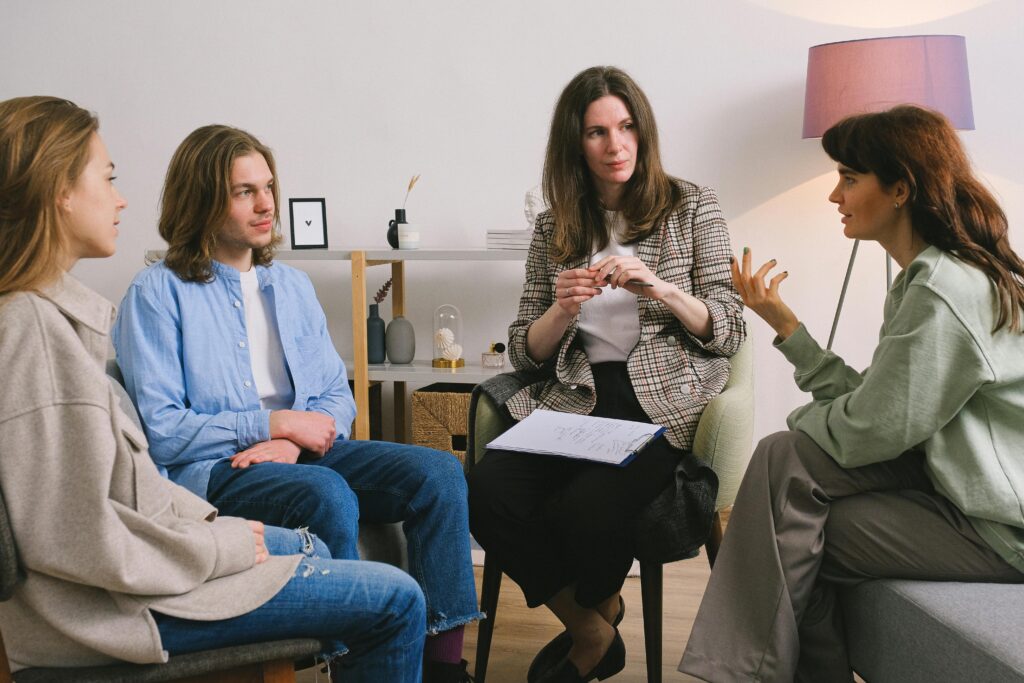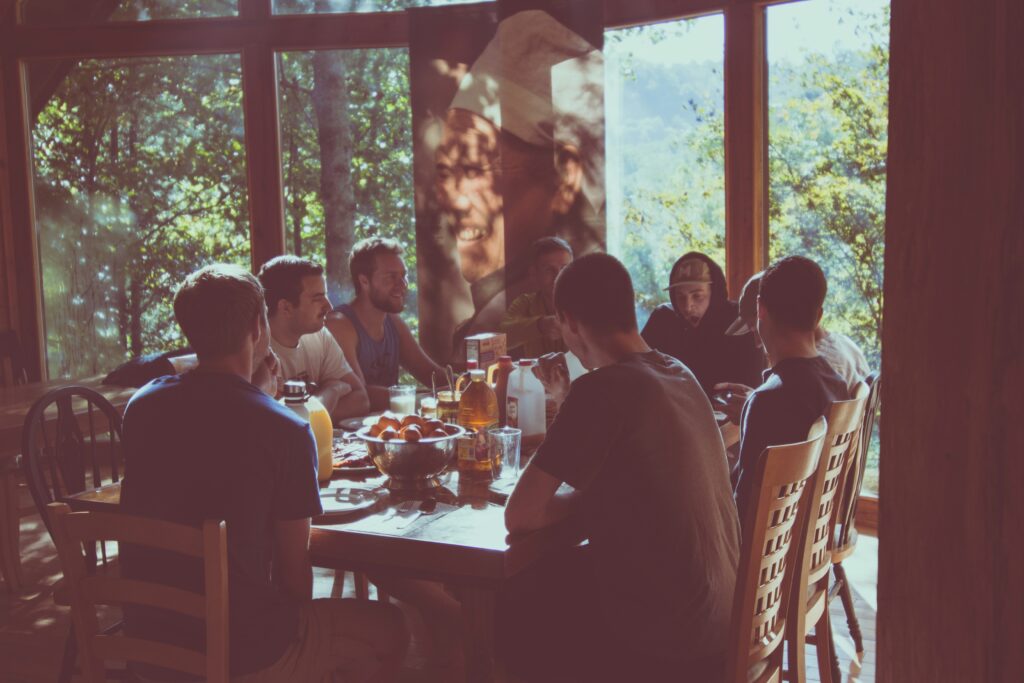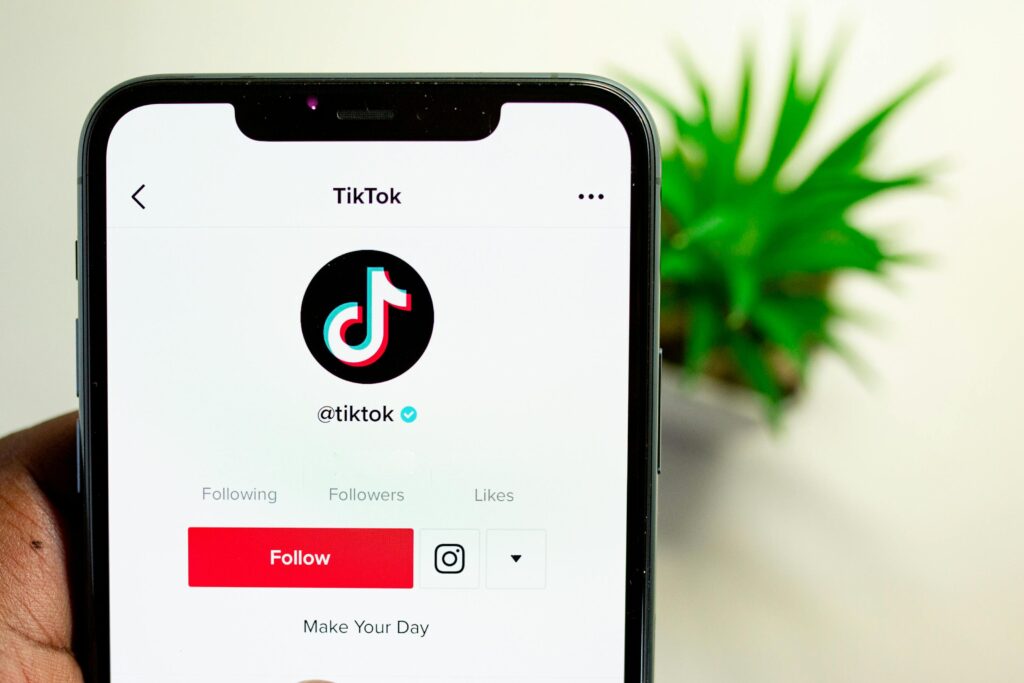#WhatIEatInADay: Why This Social Media Trend Can Be So Harmful
On TikTok, Instagram, and YouTube, one of the most viral trends is the #WhatIEatInADay video. These clips—sometimes short reels, sometimes longer YouTube vlogs—show a creator’s meals and snacks across a “full day of eating.” Some frame it as casual eatwithme content, while others use it to highlight their lifestyle, weight loss journeys, or tips for “healthy” eating.
At first glance, this might seem fun and harmless. After all, who doesn’t enjoy meal ideas or a behind-the-scenes look at someone else’s plate? But the reality is more complicated. #WhatIEatInADay content can reinforce diet culture, glamorize restriction, and be deeply harmful—especially for people vulnerable to eating disorders.
The Problem with Comparison
When viewers watch a “what I eat in a day” reels or a “what I ate today” TikToks, it’s natural to compare. Many may ask themselves:
- Am I eating more or less than this influencer?
- Is my body different because my food looks different?
- Should I change what I eat in a day to match theirs?
This constant comparison can be damaging. Everyone’s nutrition needs are unique. Yet, these posts often imply there’s a single “right” way to eat.
Restriction Disguised as Inspiration
Many “what I eat in a day” TikToks highlight food in small portions, rigid eating rules, or curated aesthetics. While they may look inspiring, they often glamorize control rather than nourishment.
Some emphasize being in a calorie deficit or promise rapid weight changes, framing restriction as “healthy eating.” But what’s celebrated as “discipline” can actually normalize disordered behaviors—like skipping meals or obsessing over “clean” foods.
Even casual eatwithme posts can send the subtle message that only certain meals are acceptable.
Read more about how restriction impacts the body in endocrine dysfunction in anorexia nervosa.
A False Picture of Reality
Despite the title, most “what I eat in a day” vlogs aren’t honest reflections of daily nourishment. Creators often leave out snacks, coffee drinks, desserts, or second helpings. Some film only on days when they eat less to fit the trend.
The result? A false picture of reality. A selective 30-second TikTok becomes the “ideal” against which viewers judge themselves.
It’s worth noting that other food-centered trends—like ASMR eating, mukbangs, or exaggerated foodie reels—can distort perception too, either by glamorizing extreme restriction or by sensationalizing overeating for entertainment.
The Algorithm Makes It Worse
The TikTok algorithm thrives on repetition. Watch one #WhatIEatInADay post, and suddenly your fyp (For You Page) fills with similar content: “full day of eating” reels, calorie-counting vlogs, “healthy lifestyle” meal prep clips, or weight transformations.
Instead of balance, the algorithm often amplifies extremes. For teens and young adults especially, this flood of diet culture can be overwhelming and plant seeds of unhealthy food beliefs early on.
Impact on Recovery
For those in recovery, #WhatIEatInADay can be especially triggering. Recovery often involves learning to eat flexibly, trust hunger cues, and move away from rigid food rules. Seeing content that glorifies calorie deficits or celebrates daily “templates” for eating can undermine this progress.
Even recovery-focused “what I ate today” vlogs, while well-intentioned, can unintentionally create new standards for comparison. Instead of listening to their own treatment team, viewers may feel pressured to copy what someone else is eating.
Moving Toward Healthier Online Spaces
If you find yourself negatively affected by these trends, here are some ways to protect your mental health and push back against harmful messages:
- Curate intentionally: Use “not interested” features to reduce exposure to #WhatIEatInADay reels or restrictive “healthy eating” vlogs. Follow recovery-friendly voices instead.
- Notice your emotions: If a “full day of eating” clip makes you feel guilty or inadequate, it may be a cue to log off.
- Seek support: A therapist or dietitian can help separate social media myths from individualized nourishment.
Curious about higher levels of care? Read our post: What Is Residential Eating Disorder Treatment?
What True Nourishment Looks Like
True nourishment isn’t about fitting into a trend, tracking calories, or showcasing “healthy lifestyle” perfection on TikTok. It’s about flexibility: honoring hunger cues, eating a variety of foods, and allowing for comfort, community, and joy.
What matters most is trusting your body, not comparing it to a curated reel.
A Call for Compassion Online
At its core, #WhatIEatInADay reflects a desire to connect over food. But when that connection fosters shame, guilt, or obsessive tracking, the trend becomes harmful.
As individuals, we can curate healthier feeds. As communities, we can encourage more authentic portrayals of eating—whether that’s flexible eatwithme clips or content that rejects diet culture entirely.
#WhatIEatInADay videos may seem like harmless glimpses into daily life, but they often glamorize restriction, distort reality, and fuel unhealthy comparison. Whether it’s a TikTok reel, an Instagram foodie clip, or a YouTube vlog, these posts can reinforce harmful ideas about body image and food.
By curating our feeds, rejecting harmful food restriction or weight loss messaging, and uplifting recovery-centered voices, we can move toward healthier online spaces.
And remember: your worth is not defined by what you eat in a day.
You Are Not Alone
If you or someone you love is struggling with an eating disorder, we are here for you. The Alliance offers free, weekly, therapist-led support groups (virtual and in-person) across the country, as well as the only nation-wide, free, therapist-staffed ED helpline.



